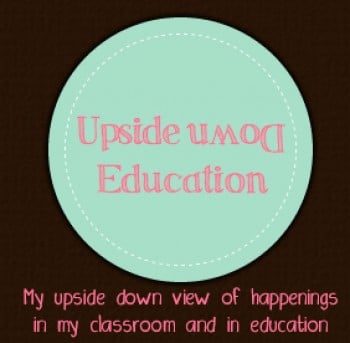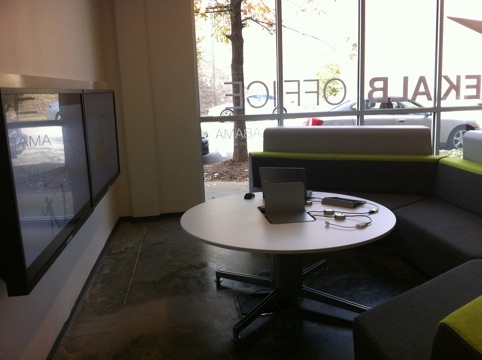Remember being in elementary school and on that last day of school before winter break bringing your teacher a Christmas, or whatever you celebrate, gift? Remember no matter how many snowman mugs of hot chocolate she had already received, she acted like yours was the best.
Now think about this, what if the teacher gave it back to you and said “it is worth something so I cannot keep it” or even worse, “since your gift is considered worthless I get to keep it.” Yeah seriously. Imagine if that teacher gave it back! That would hurt.
This year in the state of Alabama parents and students cannot send gifts, holidays or not, to teachers unless they can be deemed worthless. My child wants to give her teacher something because she loves her, and I have to go through a list to determine if I can give it to her or not. Sad, my child does not understand this.
There are two things that really make me upset about this law (here is an article that does a great job explaining it). The first is that the legislators in the state of Alabama think teachers are so corrupt that we should not receive the typical $5 Starbucks card from a child. We may turn around and sell it. Really? Probably not, teachers usually aren’t on the black market selling mugs with apples on them.
The part that makes me really sad is that we can keep gifts that are determined “de minimis” which according to dictionary.com means “so small or minimal in difference that it does not matter.” I can honestly say that at the end of the year, Christmas, my birthday, etc, when a student gives me something it always matter. Please do not use a term which says that. Even the little bags of candy on Halloween or that scary cookie matters.
This entire law makes me sad. I am so sad teachers are looked at as unethical heathens that cannot be trusted. I do not understand the constant “anti-teacher” society. It is heartbreaking.
(By the way, if you are in Alabama and are looking for teacher gifts, you can give lotion and homemade food, not turkeys and hams. )

